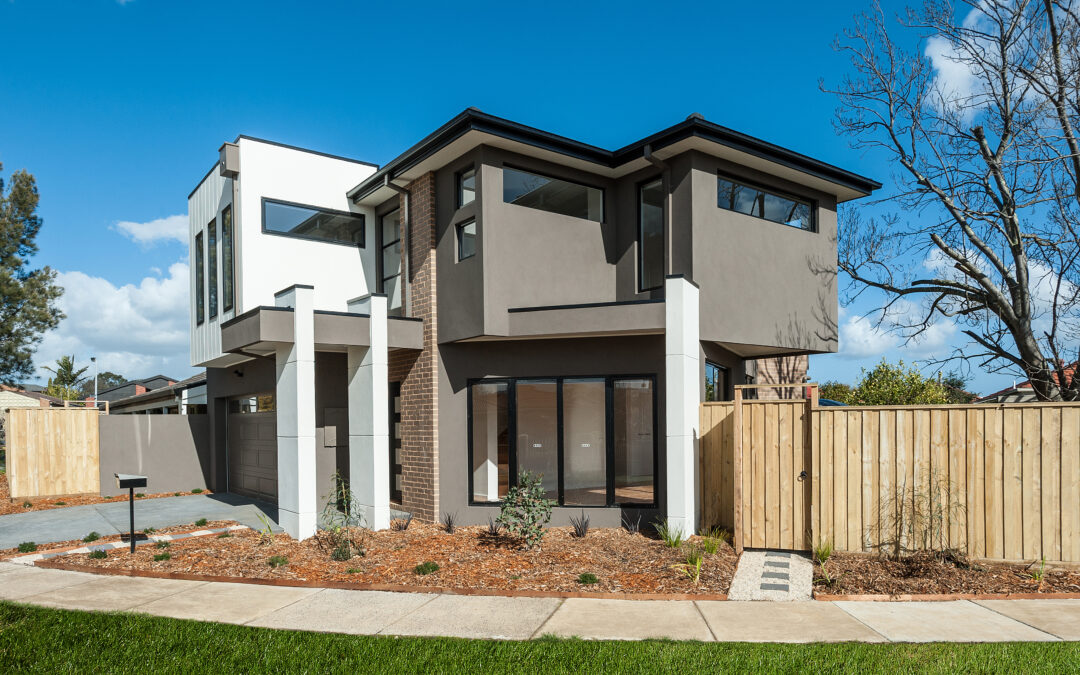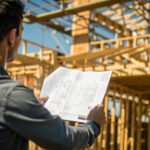Orientation – which refers to the direction your home will face – is a fundamental feature of any new home build, having long-term impact on the comfort and energy efficiency of your home.
A more sustainable, high-quality home takes advantage of the path of the sun throughout the year, combining orientation and design for best results to maximise natural light and minimise energy usage. RODA considers orientation to be a crucial factor in setting up your home for success, and it is why our custom builds are created to be cool in summer and warm in winter.
Why orientation matters
Traditionally, the focus of orientation is improving the liveability of spaces where your family spends the most time. An open living and dining area often becomes the north-facing aspect of the floor plan in Victorian homes.
Great homes utilise the changing angle of the sun as the day (and seasons) progress. The right orientation for your home can minimise cooling and heating bills and help ensure your interiors benefit from natural light and heat.
Amongst other things (hello coffee and laneway art!), Melbourne is known for its chilly winters, and a north-facing orientation can help you weather the cooler months with ease. Homes that have a northern orientation often find that they can squeeze a little extra sunlight out of the day in the cooler months, while design features can assist in lessening retained heat in the summer.
But the sun isn’t the only thing worth thinking about, and weather conditions at the site are another factor worth researching – for example, is the location of your build known for strong winds from one direction? Whether the weather is a factor for your project is something to chat to a trusted builder about. The right builder will help you navigate all weather conditions when determining the right orientation for your home, and even take seasonal weather patterns into consideration for your final home design.
Capitalising on your orientation
Key factors of a custom home design + build that work with orientation include window placement and materials, along with shading. Your home should prioritise natural light and passive solar heating, while reducing harsh glare.
One example is choosing adjustable window furnishings on the east and west aspects of the home, as a way of combatting the harshest of morning and afternoon sun. The goal is to keep interior temperatures from fluctuating heavily, while still allowing you to make the most of the day when it is comfortable to do so.
The orientation of your home may also impact the resale value in future years. Generally, buyers are more prone to favour homes on the market with a north-facing orientation, especially if energy consumption is a priority.
If the RODA team is part of the process from the concept stage, the orientation of your home is taken into account during the design process.
Orientation options
In some cases, a north-facing orientation may not be practical. Our experts can talk you through the pros and cons of different orientations, helping you design a home that maximises positives and offsets negatives.
For example, when designing for a south-facing block, you can place shared living spaces in a north-facing position to best employ natural light. Otherwise, you can think about increasing light distribution to other parts of you home via elements like skylights.
Often homeowners want to enjoy outdoor areas, even as the weather cools. Remember to consider external features and how they will fare in regards to orientation, notably exterior alfresco spaces and children’s play areas. Whatever orientation you decide on, your build should be as comfortable as possible.
For a new home build in Preston and surrounding Victorian suburbs, reach out to our friendly team. RODA will answer any questions you have and help begin the design and construction process of your dream home.






